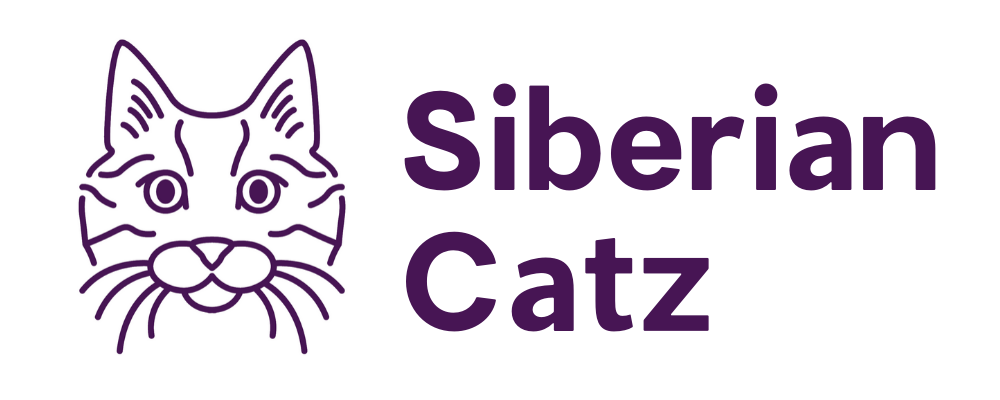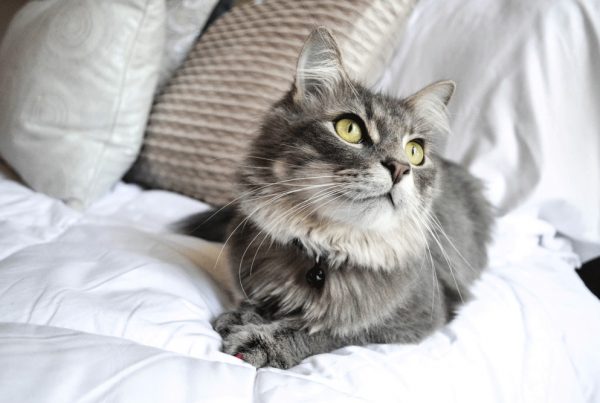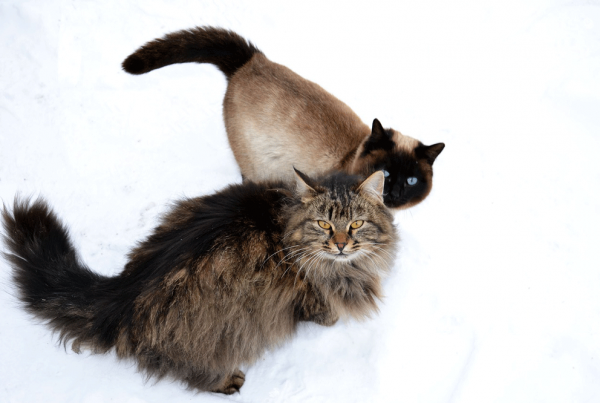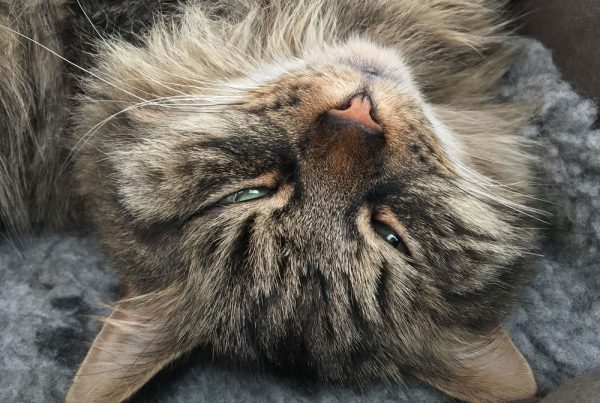The Importance of Feeding Your Cat Well
For the most part, it’s pretty obvious why it’s important to feed your cat properly. We’ve all heard the saying “You are what you eat” and understand the consequences of overeating and bad diet in humans, and cats are no different.
What and when you feed your cat can determine how long they live, their quality of life, and whether they suffer diseases down the road.
And it can sometimes be hard to distinguish if a cat is truly malnourished; they may not be skin and bones, but they could be silently suffering from nutritional deficiencies from the food they’re being given.
Cats in the wild can forage for their own food and obtain the natural diet that is best suited for them, but a cat in your household is dependent on the food you provide.
What Most People Feed Their Cat
Most people provide only dry food bought from the local supermarket and call it a day. While it may be much cheaper and convenient than providing wet food, it’s the equivalent of a human eating sugary cereal all day and can have serious health consequences for your cat. There are plenty of alternative, healthier options that will be explained next.
Wet Vs. Dry Food Vs. Raw Food
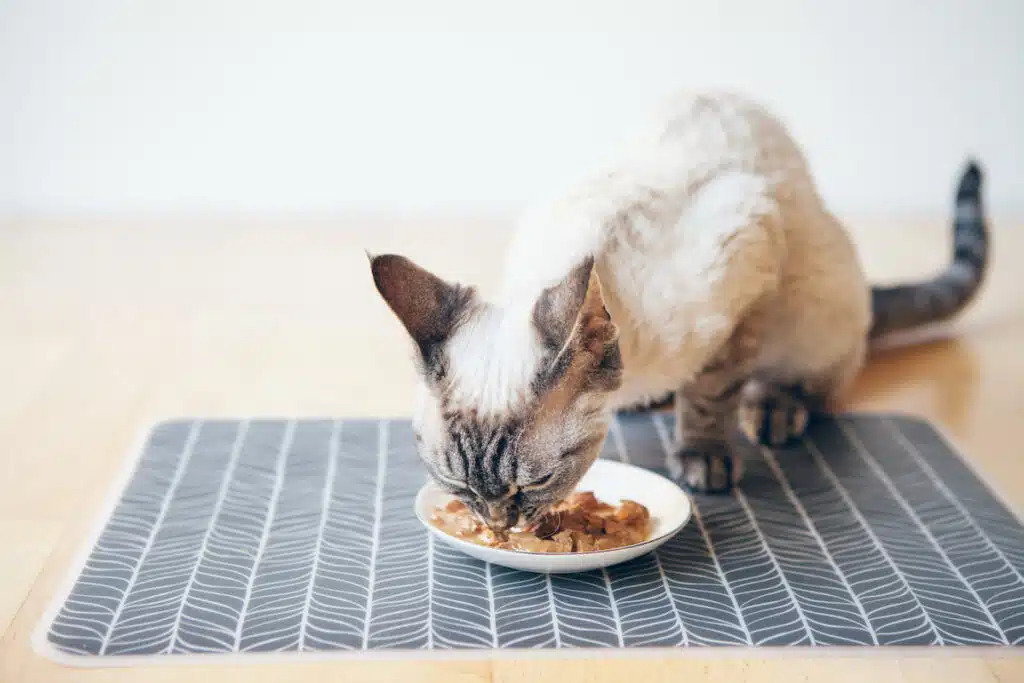
With all the options on the market, it can be difficult to figure out which foods are worth paying top dollar for and which are going to be good enough for your cat.
Cats are obligate carnivores, meaning they eat almost exclusively meat. In fact, their diet should consist of no more than 5% carbohydrates and most of their protein should come from an animal source.
With that being said, it’s hard to accomplish this nutritional requirement by providing only dry food as most commercially available dry food contains a lot of carbohydrates, fillers, plant protein, and other ingredients that are not natural for a cat to eat. More often than not, the bag will claim that the dry food is well-balanced and provides complete nutrition, but in reality nothing could be further from the truth.
Another important consideration is your cat’s water intake. Cats in the wild get most of their hydration from their diet, not by actually drinking water as most people think. Canned cat food is about 70-80% water, while dry food is only about 10% water. Although you can make up some of the water loss by providing a bowl or fountain of water, it’s still not usually enough to cover the difference.
Raw food is meat that is uncooked or partially cooked, and most closely mimics what cats actually ate in the wild. Although this is the most time consuming and probably expensive way to feed your cat, it’s arguably the best way of ensuring your cat will get all of their nutritional needs met. Raw cat food can either be bought or prepared at home.
So which is better? The answer lies somewhere in the middle. If your cat is healthy and doesn’t have special dietary requirements, then mainly wet food with dry food being supplementary and raw food being optional will likely be fine. Focus on quality as well; it’s worth paying a little extra for food that has been highly rated as opposed to just buying the bargain brand at the local grocery store.
As always, no cat is the same, and it’s best to consult your vet on the best diet for your particular cat.
How Much to Feed Your Cat
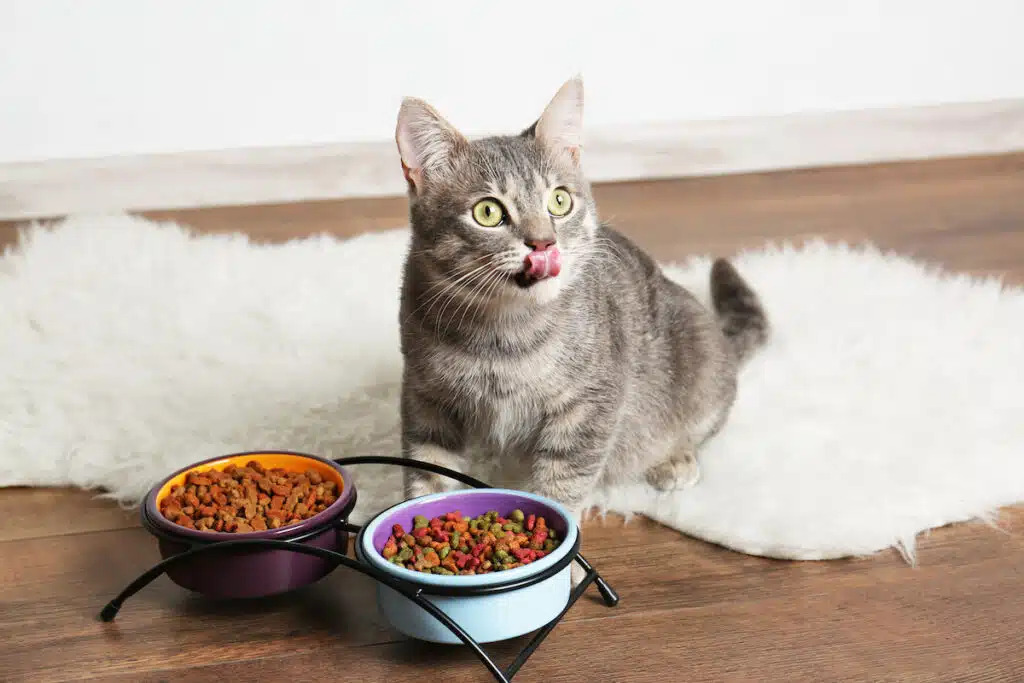
The amount of food provided will change depending on the age, weight and activity level of your cat along with what you’re feeding them (dry or wet food) and whether their pregnant or lactating or spayed or neutered.
Foods with higher nutrient density can be served in smaller portions.
According to All Feline Hospital, indoor cats should receive about 20 calories per pound and outdoor cats should receive about 35 calories per pound. A can of wet cat food typically contains between 200-250 calories, so a 10 pound cat should receive about one can of wet cat food per day (10lb x 20 calories = 200 calories).
Here is a feeding calculator to help you figure out exactly how much wet or dry food to feed your cat.
How Frequently to Feed Your Cat
Unless your cat has an exceptional ability to self-regulate their eating, it’s not a good idea to leave out unlimited food all day, especially dry food. It’s okay to leave dry or wet food out all day if you use measured portions that make sense for your cat’s weight and activity level, but no more.
In the wild, cats will catch and eat small animals up to 15 times per day, so although they normally eat fairly frequently, it’s because wild game has very few calories.
In general, kittens up to six months of age can be fed up to three times per day and often eat a bit more per pound in body weight than an adult cat (they’re growing, after all). After about a year old, cats can be fed once or twice per day. Try to space the meals out as equally as possible throughout the day (for example, if you feed twice daily then serve each meal 12 hours apart).
Feed at the Same Time Each Day
Cats are creatures of habit and can easily be trained to expect their meal(s) at the same time each day. Use this in your favor to build their feeding into convenient times in your daily routine.
Keep the Same Diet After Bringing Home a Cat
A cat who is new to your home is likely to already be stressed with the new environment, scents, sounds, etc. and you don’t want to add a new diet on top of that. Give your new cat time to adjust to the new home and feel comfortable before transitioning them off their old, familiar diet.
Why Does my Cat Keep Throwing Up?
The issue of your cat throwing up may or may not have anything to do with their diet. Allergies, poisoning, disorders and hairballs are all factors that can cause your cat to throw up. Siberian cats are more susceptible to hairballs because of their long hair. As such, it might be worth considering some special hairball food. For more detailed information, check out this article on why your cat keeps throwing up.
When to Feed Your Cat a Special Diet
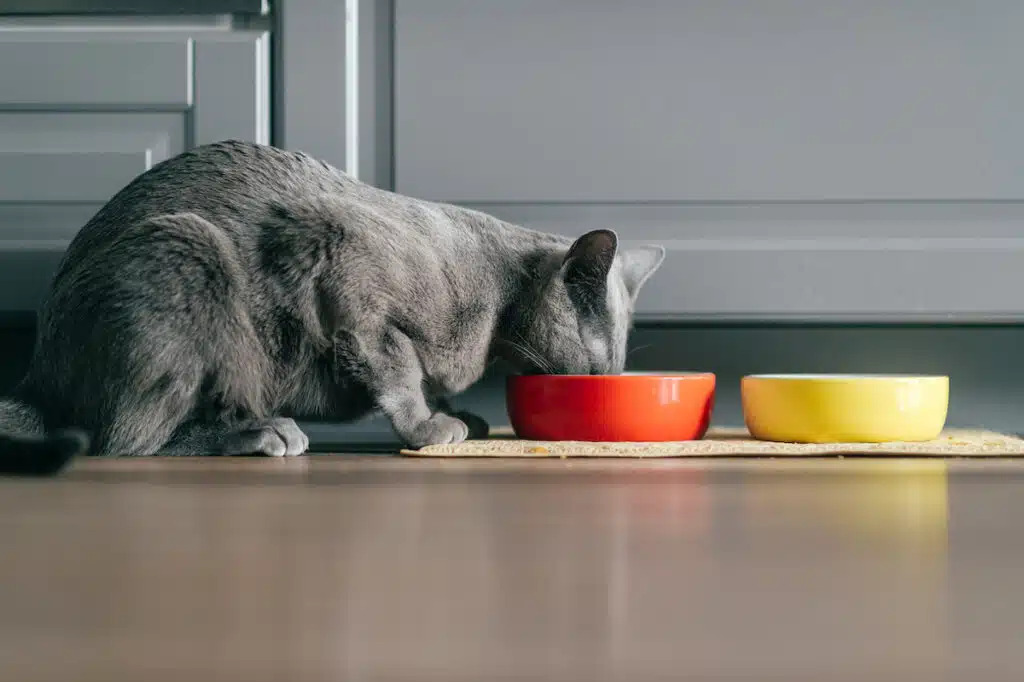
Feeding your cat a healthy and balanced diet is crucial for their overall well-being. However, there may come a time when your feline friend requires a special diet to maintain their health. Here are some situations in which you may need to consider a special diet for your cat:
- Medical Conditions: If your cat has been diagnosed with a medical condition such as kidney disease, diabetes, or food allergies, their dietary requirements will be different than a healthy cat. In such cases, your vet may recommend a specialized diet to manage their condition.
- Age: As cats age, their dietary needs change. Senior cats may require a diet that is lower in calories and fat but higher in protein to maintain muscle mass and prevent obesity.
- Weight Management: If your cat is overweight or obese, a special diet can help them shed excess pounds and maintain a healthy weight. Look for diets that are high in protein and fiber and low in calories.
- Dental Issues: Cats with dental problems may struggle to eat regular kibble, which can cause pain and discomfort. A special diet of soft or wet food can make it easier for them to chew and digest their food.
- Hairball Prevention: Cats are prone to hairballs, which can cause gastrointestinal issues. Special diets that are high in fiber can help prevent hairballs from forming and keep your cat’s digestive system healthy.
Feeding an Indoor Vs. Outdoor Cat
If you’re a cat owner, you may wonder whether your feline friend should be fed differently depending on whether they are an indoor or outdoor cat. Here are some things to consider when feeding your cat:
Indoor Cats:
Indoor cats tend to be less active than their outdoor counterparts and therefore may require fewer calories. It’s important to monitor your indoor cat’s weight and adjust their food intake accordingly to prevent obesity. Indoor cats may also benefit from a diet that is higher in fiber to promote digestion and prevent hairballs.
Outdoor Cats:
Outdoor cats are typically more active and may require a higher calorie intake to maintain their energy levels. They may also require more protein to support their muscle development. Outdoor cats also have access to a wider variety of foods such as insects, rodents, and birds, so it’s important to ensure that their diet is balanced and meets their nutritional needs.
FAQs: Feeding Your Cat
One of the most common questions that cat owners ask is whether they should leave food out for their furry friend all day or not. While it may seem like a convenient option, it’s important to consider the potential risks and benefits.
On the one hand, leaving food out all day can lead to overeating and obesity, especially if your cat is an indoor cat that doesn’t get a lot of exercise. It can also attract pests like ants and flies, which can be a nuisance for both you and your cat.
On the other hand, some cats may prefer to graze throughout the day rather than eating large meals. For these cats, leaving food out can help prevent hunger and promote healthy eating habits. It can also be helpful for cats that are on a restricted diet or have medical conditions that require them to eat small, frequent meals.
So, what’s the verdict? Ultimately, it depends on your cat’s individual needs and habits. If your cat is prone to overeating or has weight issues, it may be best to feed them smaller meals at set times throughout the day. If your cat prefers to graze, leaving food out may be a good option, but be sure to monitor their food intake and adjust accordingly.
Feeding your cat a healthy and balanced diet is crucial for their overall well-being. However, with so many different cat foods available, it can be overwhelming to know what to look for. So, what is the most important thing when feeding a cat?
The answer is simple: providing your cat with a complete and balanced diet. This means that their food contains all the essential nutrients they need to thrive, including protein, carbohydrates, fats, vitamins, and minerals.
When choosing a cat food, it’s important to look for brands that have been formulated specifically for cats and have undergone rigorous testing to ensure their quality and safety. You should also consider your cat’s age, weight, and activity level when selecting a food to ensure that it meets their unique nutritional needs.
It’s also important to feed your cat the appropriate amount of food to maintain a healthy weight. Overfeeding can lead to obesity, which can cause a range of health problems such as diabetes, joint issues, and heart disease. Be sure to follow the recommended feeding guidelines on the food packaging and consult with your vet if you’re unsure about how much to feed your cat.
The answer is yes, it is okay to give cats wet food every day, as long as you’re providing them with a high-quality brand that meets their nutritional needs. However, it’s important to keep in mind that wet food can spoil quickly and should be discarded if left out for too long. To prevent bacterial growth, it’s best to feed your cat small portions of wet food throughout the day rather than leaving it out for an extended period.
The best way to gauge how much to feed you cat each day is to use a calculator to give you the exact amount, that way you can measure precisely how much your cat needs. We recommend this cat feeding calculator.
From there you can tweak the actual amount based on whether your cat appears to be gaining or losing weight. Remember, every cat is a little bit different, and that includes their dietary needs.
Also keep in mind your cat’s vocalness about wanting food is not a good indicator of whether they’re getting the correct amount. Some cats are just very food motivated and will whine for more food regardless of how full they are. So try not to cave when your kitty begs for more food!
